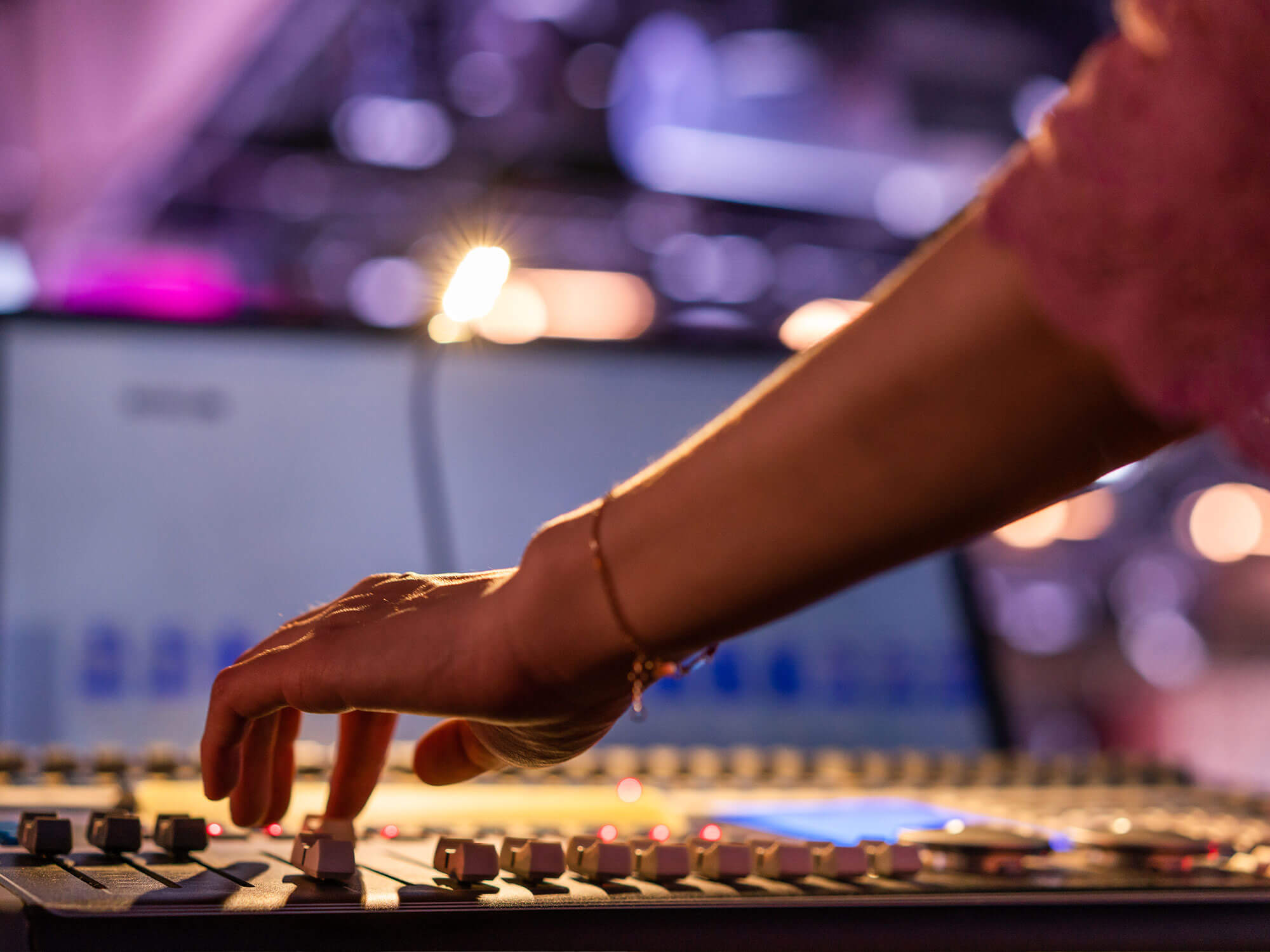“There’s nothing I can do in Dolby Atmos to make the song ‘better’”: Music engineers weigh in on the Atmos boom
“I can only make it different.”

Credit: Jerry Jian/Getty Images
Audio engineers have opened up about how the push for Dolby Atmos-mixed music is altering the music landscape and in turn, their jobs.
- READ MORE: This man releases a new album on Spotify every single day – here’s how much money he makes
As Dolby Laboratories Inc. revealed in their latest earnings report, “over 85% of the global Billboard top 100 artists of 2023 have one or more tracks available in Dolby Atmos.”
The growing ubiquity of the format, combined with the push from tech giants like Apple — who recently unveiled plans to offer additional financial incentives for record labels and artists to mix their music using the format — signals one thing: that the technology is here to stay.
Music engineers like James Auwarter, who took their chances with Atmos early on, also tell Bloomberg that their bet is paying off.
“Every other surround format for music has failed,” says Auwarter, who admits he was “sceptical” about Atmos initially. “But partially because Apple Music has pushed it so much and because it’s so accessible nowadays, I think it’s here to stay.”
For engineer Joseph Chudyk, whose collaborators include Crowder, Miranda Lambert and Kane Brown, “It’s a whole new job that has never existed before — Apple created a whole new job title.”
Nathaniel Reichman, who specialises in classical music and Atmos, also says he observed a surge in interest for the format when Tidal first started supporting it, with demand exploding following Apple Music’s endorsement.
Last year, the engineer mixed around 40 albums in Atmos, with the number increasing to 55 this year. Music mixing now accounts for the majority of his business, the most of which includes Atmos. Similarly, Al Lawson, who’s worked with Fred Again.., Tiesto and Swedish House Mafia, says 75 percent of his projects this year involved Atmos mixes.
That said, the technology still has some ways to go before it becomes a household staple. For one, Atmos only works if listeners own the right hardware — which already deters new users from trying it. And even so, not everyone will enjoy the way it makes their music sound, since “sounds are placed around or behind the listener rather than in front of them”.
As Lawson puts it, if a listener prefers sound in front of them, they likely won’t ever opt for Atmos.
He adds that “There’s nothing I can do in Atmos to make the song ‘better’.” Or perhaps more accurately, “There is no ‘better.’ I can only make it different.”